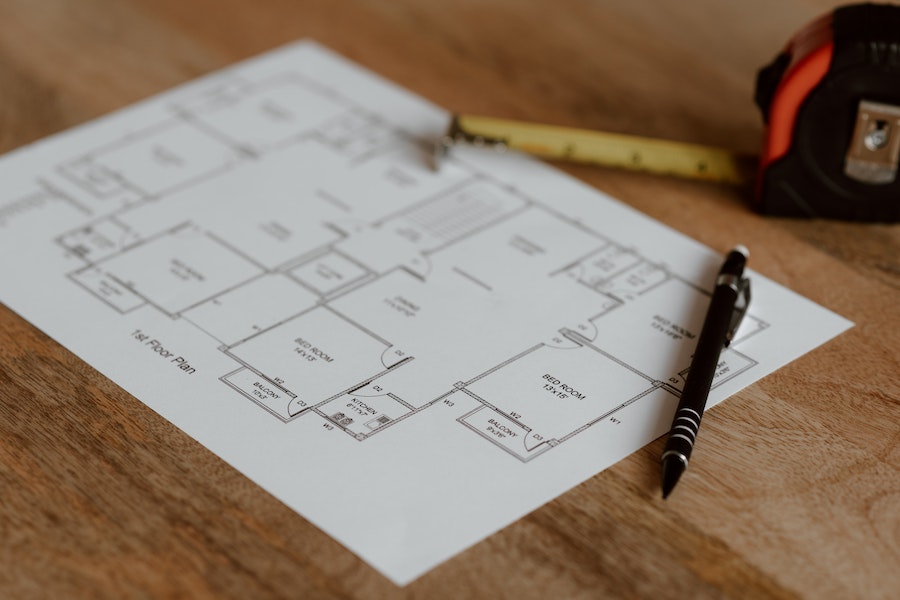In the realm of construction, precision and accuracy are paramount. Ensuring that every component and structure aligns ideally requires meticulous planning and execution. Traditional methods of layout work have long relied on manual measurements and calculations, leading to potential human errors and inefficiencies. However, with the advent of construction robotics and advanced technologies, a new era of total station layout has emerged. This article explores how these groundbreaking innovations revolutionize the construction industry, significantly enhancing efficiency and accuracy.
Total Station Layout: A Crucial Component of Construction
Total station layout involves precisely determining the location, position, and orientation of critical points and elements within a construction site. It serves as the foundation for subsequent construction activities, ensuring that structures are constructed precisely and adhere to architectural plans.
The Challenges of Traditional Methods
Historically, total station layout has been a labor-intensive and time-consuming process. Traditional methods required manual measurements using theodolites, measuring tapes, and other hand tools. These methods were prone to human error, leading to inaccuracies and subsequent rework. The extensive manual labor involved often resulted in project delays and increased costs. Thus, there was a clear need for a more efficient and accurate approach to total station layout.
Construction Robotics: A Game-Changing Solution
Enter construction robotics, a transformative innovation that has reshaped the construction landscape. These advanced technologies have the potential to streamline construction processes, significantly reducing human error and improving overall efficiency. One notable example of such technology is robotic total stations, which have revolutionized complete station layouts.
Enhancing Efficiency
Construction robotics like robotic total stations have streamlined the total station layout process, dramatically improving efficiency. With their automated capabilities, robotic total stations can swiftly collect data, calculate precise measurements, and generate layout points. This eliminates the need for manual measurements and minimizes the risk of human error. As a result, construction teams can complete layout work in a fraction of the time, allowing for accelerated project timelines and increased productivity.
Unparalleled Accuracy
Accuracy is paramount in construction, as even a minor deviation can have significant repercussions. Robotic total stations, leveraging cutting-edge technology, ensure unparalleled accuracy in total station layout. By utilizing advanced sensors and algorithms, they can precisely determine the coordinates and orientations of layout points, minimizing errors and deviations from the intended design. The result is a construction process that aligns perfectly with architectural plans, eliminating the need for costly rework and ensuring client satisfaction.
Intuitive User Interface
The usability of construction robotics is crucial for their successful integration into construction workflows. Robotic total stations excel in this aspect, featuring intuitive user interfaces that are accessible to both experienced professionals and newcomers alike. Their user-friendly designs allow construction teams to grasp their functionalities and operate them with ease quickly. It reduces the learning curve associated with adopting new technologies, ensuring a seamless transition and maximizing the benefits of construction robotics.
Collaboration and Integration
The advent of construction robotics does not imply a complete replacement of human labor. Instead, it offers a symbiotic relationship between humans and machines, harnessing both strengths. Robotic total stations can seamlessly integrate with existing total station equipment, allowing for collaboration between construction professionals and the technology. Construction teams can leverage their expertise and combine it with the efficiency and accuracy of robotic total stations, resulting in optimal outcomes.
Future Possibilities
As construction robotics evolve, the possibilities for revolutionizing total station layouts are virtually limitless. Imagine a future where automated robots can navigate construction sites, performing layout tasks independently. These robots would be equipped with advanced sensors, artificial intelligence, and machine learning capabilities, enabling them to adapt to complex environments and make real-time decisions. The future vision holds tremendous potential for further improving efficiency and accuracy in the construction industry.
Revolutionizing Construction Processes And Enhancing Worker Safety
In addition to the advancements in total station layout, construction robotics also holds promise in other areas of the construction industry. For instance, robotic systems can be deployed for tasks such as bricklaying, concrete pouring, welding, streamlining, and expediting these processes. These robots can work tirelessly and consistently, reducing the physical strain on human workers and increasing productivity.
Furthermore, construction robotics can enhance safety by taking on hazardous or repetitive tasks, minimizing the risk of accidents and injuries. With ongoing research and development, the future of construction robotics looks bright, offering endless opportunities to revolutionize the industry and shape a more efficient and sustainable built environment.
In conclusion, the introduction of construction robotics, exemplified by robotic total stations, has ushered in a new era of total station layout. These advanced technologies have addressed the challenges posed by traditional methods, significantly boosting efficiency and accuracy in construction projects. By automating tasks, ensuring unparalleled precision, and facilitating collaboration, construction robotics have become an indispensable tool for the modern construction professional.

